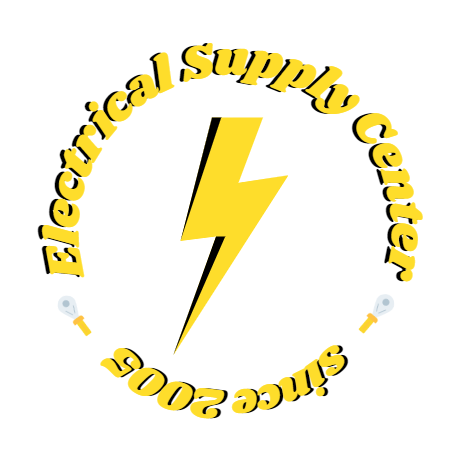Types of Fork Terminals: Block, Spring, and Flanged Fork Terminals Explained
Share
Choosing the Right Fork Terminal: Block, Spring, and Flanged Fork Terminals Explained
In electrical applications, ensuring secure and efficient connections is crucial. Among the many types of terminals available, fork terminals are especially popular due to their versatility and ease of use. While all fork terminals are designed to slip easily onto screws or studs, they come in different styles, each with unique design features to suit specific needs. Today, we’ll look at three main types: block fork terminals, spring fork terminals, and flanged fork terminals.
1. Block Fork Terminals
Description: Block fork terminals are the simplest type of fork terminal, featuring a straight, open prong design. This basic structure allows them to slide onto screws or studs easily, and once tightened, they stay secure.
Key Features:
- Straight prong design for a firm connection.
- Fits standard screw sizes, making them versatile for general applications.
- Often insulated for safety in applications with lower current demands.
Best Uses: Block fork terminals are ideal for applications where the connection doesn’t require frequent maintenance. These terminals work well in basic electrical setups where vibrations are minimal, and the wiring is not often disturbed. For example, they’re frequently used in household appliances, lighting, and control panels where the connections are stable over time.
2. Spring Fork Terminals
Description: Spring fork terminals, sometimes called "spring spade" terminals, incorporate a spring element in their design. This allows them to clip onto studs with a slight press, making them easy to install and remove without the need to completely remove the screw.
Key Features:
- Spring-loaded for easy installation and removal.
- Holds firmly due to the spring mechanism, even in high-vibration environments.
- Often uninsulated, although some insulated options are available.
Best Uses: Spring fork terminals are ideal for applications where frequent disconnection or reconnection is required. The spring mechanism allows for secure connections that can handle moderate vibration, making them well-suited for automotive and industrial applications where maintenance is common. These terminals are commonly used in vehicle wiring harnesses, machinery control boxes, and other settings where quick and secure connections are necessary.
3. Flanged Fork Terminals
Description: Flanged fork terminals have an extended flange on each prong, providing a wider surface area around the connection point. This additional width helps to distribute pressure more evenly when tightened, resulting in a stable connection even under stress.
Key Features:
- Flanged edges for improved stability and pressure distribution.
- Especially effective for connections with high current loads.
- Can withstand moderate to high vibration, depending on the insulation and materials used.
Best Uses: Flanged fork terminals are perfect for applications where extra stability is needed, especially in environments with higher levels of vibration or temperature fluctuations. The flange design ensures a more secure fit, making them ideal for high-current connections in industrial machinery, marine environments, and heavy-duty vehicles. They are also a good choice in applications where the wiring could experience some pull or movement, as the flanged design helps prevent loosening.
Summary Table
| Terminal Type | Key Features | Best Uses |
|---|---|---|
| Block Fork | Straight prong, easy installation | Household appliances, control panels, stable environments |
| Spring Fork | Spring-loaded, quick-connect design | Automotive wiring, industrial machinery, moderate vibration |
| Flanged Fork | Flanged prongs for stability and pressure distribution | High-current connections, heavy machinery, high vibration |
Choosing the Right Terminal for Your Application
Selecting the right terminal is crucial for ensuring long-term reliability in your electrical connections. Block fork terminals are a solid choice for standard, stable applications, while spring fork terminals shine in situations requiring frequent connection changes. If your application demands enhanced stability under vibration or heavy load, flanged fork terminals are the go-to.
Fork terminals offer practical solutions for various environments, each serving a specialized purpose to support reliable, safe, and efficient connections. By understanding these differences, you’ll be better equipped to choose the right terminal for your needs, ensuring a connection that lasts.
